Dumas' paternal grandparents were Marquis Alexandre-Antoine Davy de la Pailleterie, a French nobleman and Général commissaire in the Artillery in the colony of Saint-Domingue (now Haiti) and Marie-Cesette Dumas, an Afro-Caribbean Creole of mixed French and African ancestry. Their son, Thomas-Alexandre Dumas, married Marie-Louise Élisabeth Labouret, the daughter of an innkeeper. Thomas-Alexandre, then a general in Napoleon's army, fell out of favor and the family was impoverished when Dumas was born.
Thomas-Alexandre died in 1806. His widow was unable to provide her son with much of an education, but Dumas read everything he could obtain. His mother's stories of his father's bravery during the years of Napoleon I of France inspired Dumas' vivid imagination for adventure. Although poor, the family had their father's distinguished reputation and aristocratic position. In 1822, after the restoration of the monarchy, 20-year old Alexandre Dumas moved to Paris, where he worked at the Palais Royal in the office of Louis Philippe, Duke of Orléans.

]While in Paris, Dumas began writing for magazines and plays for the theater. His first play, Henry III and His Courts, was produced in 1829, and was met with acclaim. The next year his second play, Christine, was equally popular, and he was financially able to write full-time. In 1830 he participated in the Revolution which ousted Charles X, and which replaced him on the throne with Dumas' former employer, the Duke of Orléans, who would rule as Louis-Philippe, the Citizen King.
and which replaced him on the throne with Dumas' former employer, the Duke of Orléans, who would rule as Louis-Philippe, the Citizen King.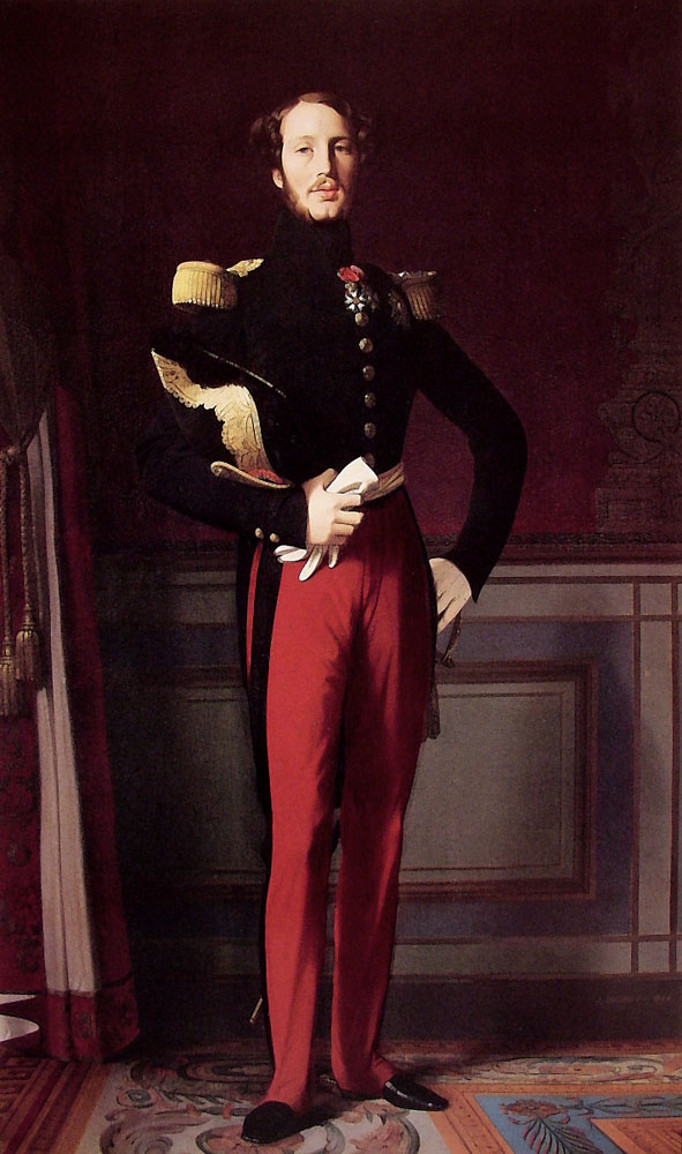
Until the mid-1830s life in France remained unsettled, with sporadic riots by disgruntled Republicans and impoverished urban workers seeking change. As life slowly returned to normal, the nation began to industrialize, and with an improving economy—combined with the end of press censorship—the times were very rewarding for the skills of Alexandre Dumas.
After writing more successful plays, he turned his efforts to novels. Although attracted to an extravagant lifestyle, and always spending more than he earned, Dumas proved to be an astute marketer. Since newspapers wanted many serial novels, in 1838 Dumas rewrote one of his plays to create his first serial novel, titled Le Capitaine Paul, which led to his forming a production studio that turned out hundreds of stories, all subject to his personal input and direction.
From 1839 to 1841 Dumas, with the assistance of several friends, compiled Celebrated Crimes, an eight-volume collection of essays on famous criminals and crimes from European history, including Beatrice Cenci, 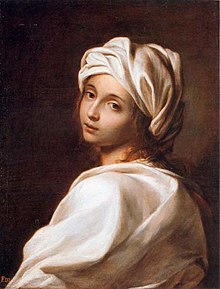 Martin Guerre, Cesare and Lucrezia Borgia as well as more recent incidents, including the cases of executed alleged murderers Karl Ludwig Sand
Martin Guerre, Cesare and Lucrezia Borgia as well as more recent incidents, including the cases of executed alleged murderers Karl Ludwig Sand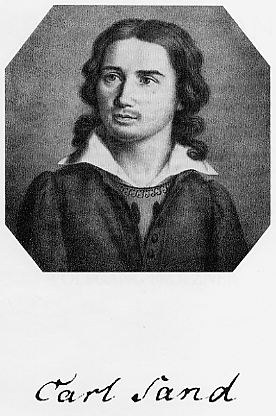 and Antoine François Desrues.
and Antoine François Desrues.
 Martin Guerre, Cesare and Lucrezia Borgia as well as more recent incidents, including the cases of executed alleged murderers Karl Ludwig Sand
Martin Guerre, Cesare and Lucrezia Borgia as well as more recent incidents, including the cases of executed alleged murderers Karl Ludwig Sand and Antoine François Desrues.
and Antoine François Desrues.
Dumas also collaborated with his fencing master Augustin Grisier in his 1840 novel, The Fencing Master. The story is written to be Grisier's narrated account of how he came to witness the events of the Decembrist revolt in Russia. This novel was eventually banned in Russia by Czar Nicholas I, causing Dumas to be banned from visiting Russia until after the Czar's death. Grisier is also mentioned with great respect inThe Count of Monte Cristo, The Corsican Brothers and in Dumas' memoirs.
Dumas made extensive use of the aid of numerous assistants and collaborators, of whom Auguste Maquet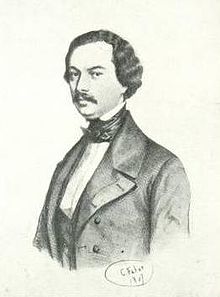 was the best known. It was Maquet who outlined the plot of The Count of Monte Cristo, and made substantial contributions to The Three Musketeers and its sequels, as well as to several of Dumas' other novels. When they were working together, Maquet proposed plots and wrote drafts, while Dumas added the details, dialogues, and the final chapters. See Andrew Lang essay, Alexandre Dumas—in his Essays In Little (1891)—for an accurate description of these collaborations.
was the best known. It was Maquet who outlined the plot of The Count of Monte Cristo, and made substantial contributions to The Three Musketeers and its sequels, as well as to several of Dumas' other novels. When they were working together, Maquet proposed plots and wrote drafts, while Dumas added the details, dialogues, and the final chapters. See Andrew Lang essay, Alexandre Dumas—in his Essays In Little (1891)—for an accurate description of these collaborations.
 was the best known. It was Maquet who outlined the plot of The Count of Monte Cristo, and made substantial contributions to The Three Musketeers and its sequels, as well as to several of Dumas' other novels. When they were working together, Maquet proposed plots and wrote drafts, while Dumas added the details, dialogues, and the final chapters. See Andrew Lang essay, Alexandre Dumas—in his Essays In Little (1891)—for an accurate description of these collaborations.
was the best known. It was Maquet who outlined the plot of The Count of Monte Cristo, and made substantial contributions to The Three Musketeers and its sequels, as well as to several of Dumas' other novels. When they were working together, Maquet proposed plots and wrote drafts, while Dumas added the details, dialogues, and the final chapters. See Andrew Lang essay, Alexandre Dumas—in his Essays In Little (1891)—for an accurate description of these collaborations.
Dumas' writing earned him a great deal of money, but Dumas was frequently insolvent as a result of spending lavishly on women and sumptuous living. The large Château de Monte-Cristo 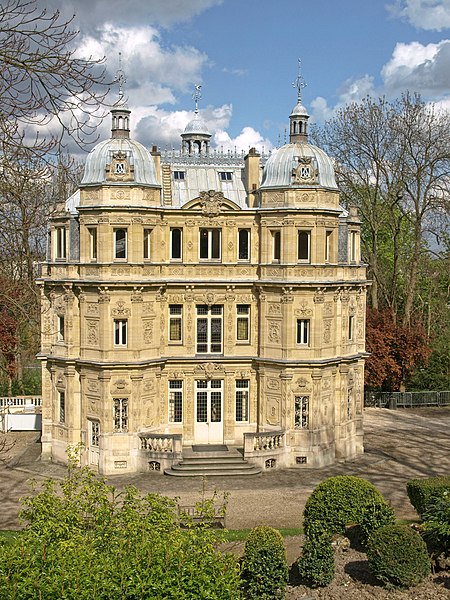 that he built was often filled with strangers and acquaintances taking advantage of his generosity.
that he built was often filled with strangers and acquaintances taking advantage of his generosity.
 that he built was often filled with strangers and acquaintances taking advantage of his generosity.
that he built was often filled with strangers and acquaintances taking advantage of his generosity.
When King Louis-Philippe was ousted in a revolt, Dumas was not looked upon favorably by the newly elected President, Louis-Napoléon Bonaparte. In 1851 Dumas fled to Brussels, Belgium, to escape his creditors, and from there he traveled to Russia, where French was the second language, and where his writings were enormously popular. Dumas spent two years in Russia, before moving on to seek adventure and fodder for more stories. In March 1861 the kingdom of Italy was proclaimed, with Victor Emmanuel II as its king. For the next three years Alexandre Dumas would be involved in the fight for a united Italy, founding and leading a newspaper, named Indipendente, and returning to Paris in 1864.
Despite Alexandre Dumas' success and aristocratic background, his being of mixed race affected him all his life. In 1843 he wrote a short novel, Georges, that addressed some of the issues of race and the effects of colonialism. He once remarked to a man who insulted him about his mixed-race background:
"My father was a mulatto, my grandfather was a Negro, and my great-grandfather a monkey. You see, Sir, my family starts where yours ends."[On 1 February 1840 he married actress Ida Ferrier (born Marguerite-Joséphine Ferrand) (1811—1859) but continued with his numerous liaisons with other women, fathering at least four illegitimate children. One of those children, a son named after him, whose mother was Marie-Laure-Catherine Labay (1794—1868), a dressmaker, would follow in his footsteps, also becoming a successful novelist and playwright. Because of their same name and occupation, the father is often referred to as Alexandre Dumas, père, and the son as Alexandre Dumas, fils. His other children were Marie-Alexandrine Dumas (5 March 1831—1878) who later married Pierre Petel and was daughter of Belle Krelsamer (1803—1875), Micaëlla-Clélie-Josepha-Élisabeth Cordier, born in 1860 and daughter of Emélie Cordier, and Henry Bauer, born of an unknown mother.
In June 2005 Dumas' recently discovered last novel, The Knight of Sainte-Hermine, went on sale in France. Within the story Dumas describes the Battle of Trafalgar, in which the death of Lord Nelson is explained. The novel was being published serially, and was nearly complete at the time of his death. A final two-and-a-half chapters were written by modern-day Dumas scholar Claude Schopp, who based his efforts on Dumas' pre-writing notes.[6]
Although he was originally buried where he had been born, in 2002 French President, Jacques Chirac, had his body exhumed. During a televised ceremony his new coffin, draped in a blue velvet cloth and flanked by four Republican Guards (costumed as the Musketeers—Athos,Porthos, Aramis, and D'Artagnan), was transported in a solemn procession to the Panthéon of Paris, the great mausoleum where French luminaries are interred. In his speech President Chirac said:

"With you, we were D'Artagnan, Monte Cristo, or Balsamo, riding along the roads of France, touring battlefields, visiting palaces and castles—with you, we dream."
Also during that speech, Chirac acknowledged the racism that had existed, saying that a wrong had now been righted, with Alexandre Dumas enshrined alongside fellow authors Victor Hugo and Emile Zola. The honor recognized that although France has produced many great writers, none has been so widely read as Alexandre Dumas. His stories have been translated into almost a hundred languages, and have inspired more than 200 motion pictures.
Alexandre Dumas' home outside of Paris, the Château de Monte-Cristo, has been restored and is open to the public. The Alexandre Dumas Paris Métro station was named in his honour in 1970.
Dumas appears as a character in the Kevin J. Anderson novel Captain Nemo: The Fantastic History of a Dark Genius. He encourages Jules Verne to find his own voice and write about his friend Captain Nemo's exploits rather than emulate Dumas' historical fiction.

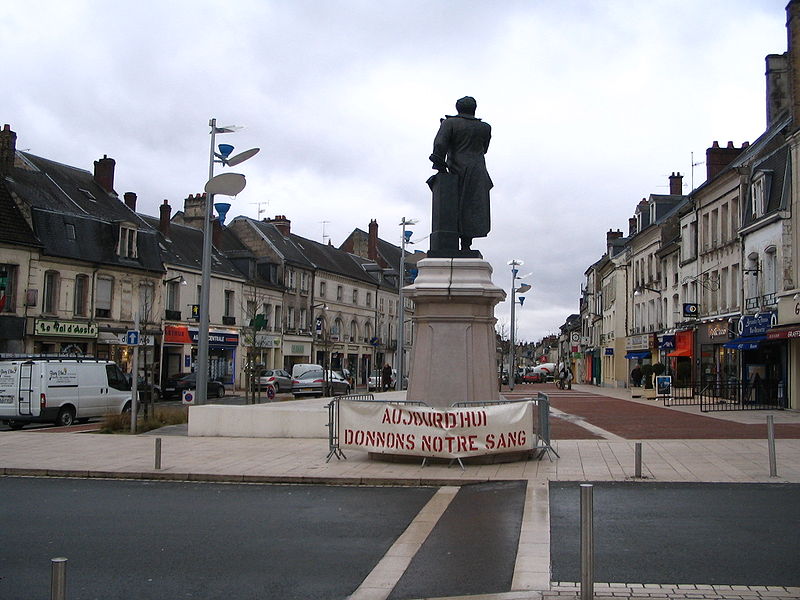
No comments:
Post a Comment